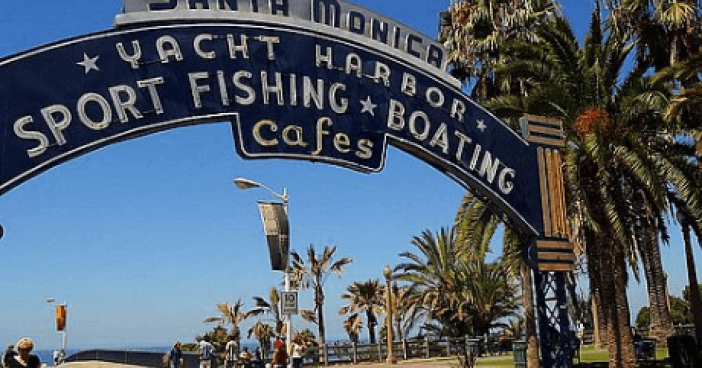To quote Jane Austen: Vanity and pride are different things, though the words are often used synonymously. A person may be proud without being vain. Pride relates more to our opinion of ourselves; vanity, to what we would have others think of us. With this in mind, I believe that a proud community is a community that has the ability to look back and marvel at its accomplishments. Such communities display its pride through its preserved places. Proud communities use those places as a grounding rod.
Like many communities, including southern California where I live, the older downtown core of the proudest communities are often well kept, with interesting buildings, specialized shops, and perhaps a vibrant nightlife. Visitors like being there. Certainly such factors can be had in a new or modern environment, but for most of us the older look and feel of a historic downtown is highly desirable – and quite sentimental. It’s instantly recognizable to us, the locals, and when we return we feel we have come home. Our older downtowns are quintessential to our identity, like baseball and apple pie in the United States.
Planning that is sensitive to these emotions becomes more important as a community and its citizens age. Negative impacts to the history of a place constitute some of the more contentious environmental planning challenges in this region. Many types of historic resources, such as blocks of buildings, landscapes, parks, and runs of intact older homes tend to soften the edges of a city so that new structures seem less obtrusive. If an old building with an aesthetically pleasing design can be saved or successfully reused, the overall monetary and emotional cost to the community can be less than constructing a brand new, and possibly out of place, structure. When planning professionals describe what a community is and what it can become, they often reflect upon the significant things from its past. Benefits of making history a part of our communities can be gained when a planning process that incorporates historical information and visual themes is brought to life. Planning processes, including environmental planning, should always reflect how a community sees itself.
There is no trick to understanding the historical nature of a place, the trick is in understanding how that knowledge can be incorporated into preservation and future development seamlessly. Compared to the rest of the United States, southern California is a relatively new place, yet surprisingly large numbers of cities have downtowns with an original Bank, a Carnegie Library, their original Post Office, or the mansion of a Founder. The cities of Long Beach, Orange, Pasadena, Los Angeles, and San Juan Capistrano have created historical planning divisions that, in part, support community pride as well as the tourism industry. These cities showcase many of their historic buildings. They erect plaques and signs with simple historic messages. Parks and streets are named for locally significant people. Certain cities with older amusement parks use the history of tourism to form locally attractive amusement-related historic districts. The historic core in each of these cities command premium prices on its residential and commercial space, because history is being used as the glue. Many of the links presented here represent groundbreaking planning efforts the result of activism on the part of local preservationists.
Without consideration of the environmental consequences of deteriorating histories, a place can easily fall to ruin. Once it’s gone, it can never come back, and what we call home can cease to be. Preservationist tendencies seldom mean new projects will be blocked: the historical feel of an old place can often be successfully incorporated into the new. FirstCarbon Solutions cultural consultants and historical preservation experts are ready to devise solutions for future development so that the historical and emotional needs of a proud community can be met.
If you are interested in finding out how historians go about technically analyzing the past as part of the environmental planning process, request a consultation and we’d be happy to help.




